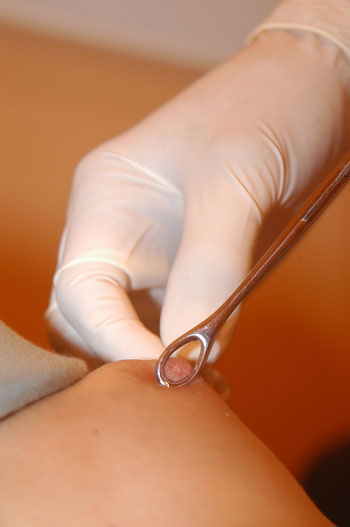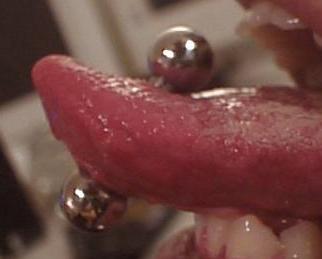
Body piercing & Body piercing jewelry since ancient times.
History of Body Piercing
Introduction
 Evidence suggests that body piercing has been practiced by
Evidence suggests that body piercing has been practiced by
peoples all over the world from ancient times. Mummified
bodies with piercings have been discovered, including the
oldest mummified body discovered to date, that of Ötzi the
Iceman, which was found in an Austrian glacier. This mummy
had an ear ring 7–11 mm in diameter.
Nose piercing and ear piercing are mentioned in the Bible.
In Genesis 24:22 Abraham's servant gave a nose ring and
bracelets to Rebekah, wife of his son Isaac. Nose piercing
has been common in India since the 16th century. Tongue
piercing was popular with the elite of Aztec and Maya
civilization, though it was carried out as part of a blood
ritual and such piercings were not intended to be permanent.
Ancient Mesoamericans wore body jewelry in their ears,
noses, and lower lips, and such decorations continue to be
popular amongst indigenous peoples in these regions.
Modern history
 However, in many cultures within the United States, it
However, in many cultures within the United States, it
became a relative rarity from the 1920s until the 1960s. At
that time, it regained popularity among American women, and
was eventually adopted by men in the hippie and gay
communities, and later the punk subculture, they used most
body jewelry. By the 1980s, male ear piercing had become
somewhat common in the United States, although men usually
only pierced one of their ears. Today, single and multiple
piercing of either or both ears is extremely common among
Western women, and fairly common among men.
Body piercing is returning to the mainstream of modern
Western cultures as attitudes and values change. Piercings
that don't conform to cultural norms -- for example, facial
piercings or ear piercings for men -- can still be
considered inappropriate.
While some people consider body modification with Body
Jewelry to be a sign of non-conformity, others deride body
piercing as trendy. This can at times lead to prejudice or
cognitive bias against those with piercings or visible signs
of past piercings.

No comments:
Post a Comment